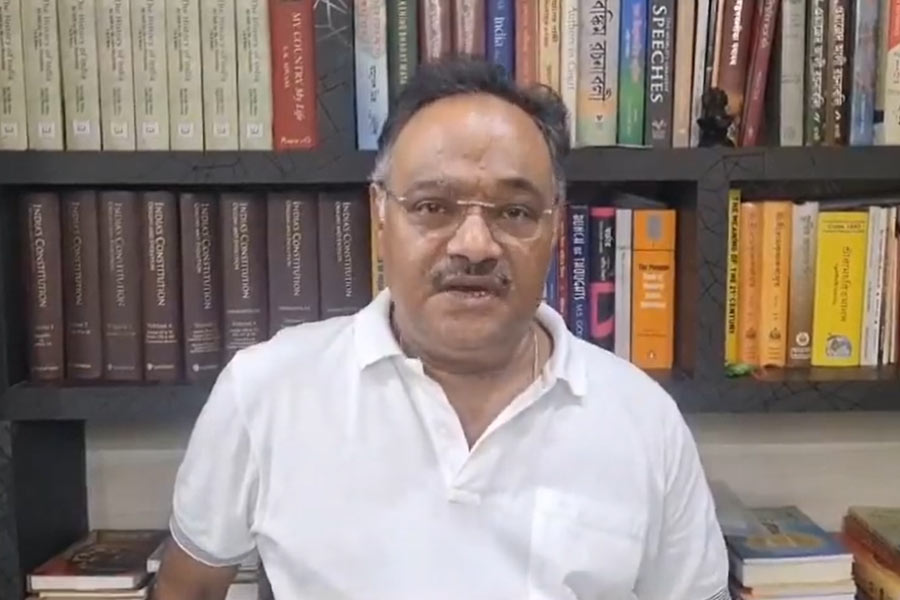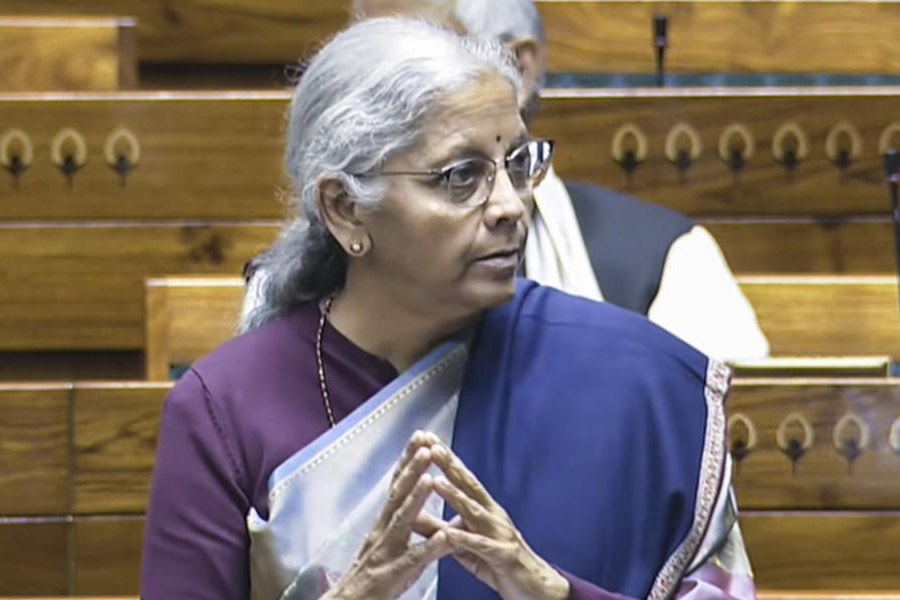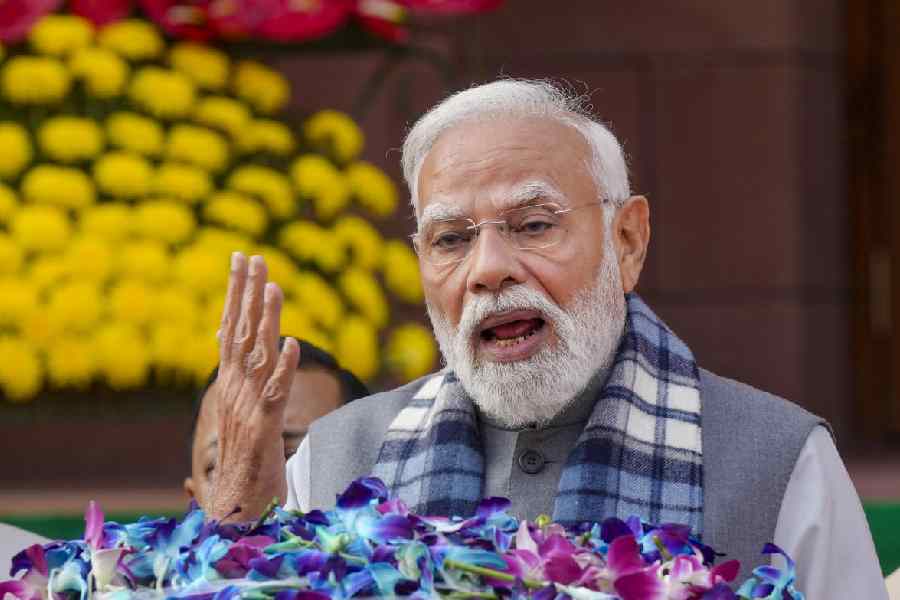The state Bharatiya Janata Party, the principal Opposition in Bengal, has a new chief in Samik Bhattacharya. Would that make the Bengal BJP change its traditional spots? It appears that Mr Bhattacharya is attempting a change in direction even though, thus far, this has remained limited to the sphere of optics. For instance, he surprised his friends and foes alike by urging admirers of Bengal’s Marxist chief minister to join hands with the Opposition to rid the state of Mamata Banerjee’s regime. Normally, communists have been the proverbial red rag for the saffron fraternity. Another transformation that Mr Bhattacharya may have begun to usher in is sacrificing the individual at the altar of the party. At a recent meeting at the state BJP’s headquarters, the party symbol replaced the images of its leaders. In a state where the BJP has been riddled by factionalism, the projection of the party and its ideology over the person could serve as a tactical weapon to unite the rank and file.
But the biggest change that the Bengal BJP chief seemingly wants to implement is to project the party as an inclusive force. In his maiden speech as the party chief, Mr Bhattacharya, unlike Suvendu Adhikari, had made it clear that the BJP was not against minorities and that the party wanted to serve as a voice against discrimination or division. Electoral math ought to be attributed as the reason for such a conciliatory tone. Bengal has a sizeable Muslim presence among its electorate. More worryingly for the BJP, its counter-strategy of consolidating the Hindu vote, as was evident from the result of the recent bypolls in Kaliganj, has not quite worked in this state. What is known in lay parlance as the Hindu vote is thus not the BJP’s monopoly. That explains the change in tone. But appended to this strategy is an inherent challenge. In trying to foster a more inclusive character, the state BJP would have to go against the grain of its national character. Despite its tokenism towards pluralism, the BJP is associated with and profits by religious polarisation. Mr Bhattacharya’s endorsement of the middle path could, in fact, alienate segments of the more radicalised Hindus from the party. How the party resolves this dilemma would be interesting to watch.










